When skincare comes with labels like ‘chemical acid’ it tends to raise alarm bells. Sounds scary, severe, and the complete opposite of what we should be putting on our skin to nourish and protect.
But these ingredients - AHAs, BHAs, PHAs - are (or can be) derived from natural, plant-based sources. In many other scenarios we’d let the individual terms chemical and acid continue their reign as Baddies, but when combined to speak about skincare and cosmetics, they get a green light.
A chemical acid is an active ingredient, and one that we know exerts a biological influence on the skin, or the skin’s health. They’re the ingredients of a formula designed to deliver the hard-hitting results the product says it will. Like, unclogging pores, softening fine lines, evening skin tone. However, know that the strength and concentration of actives used, as well as your skin type, will influence what level of change you see.
The reason for the term chemical, is purely to describe the style of exfoliation (as opposed to the more commonly known, perhaps more traditional, physical exfoliation). Instead of using rough or jagged particles to slough away dead skin, we’re harnessing these naturally occurring chemicals to cause a similar reaction with superior results. Far more thorough exfoliation, and even skin tone, which is why we prefer this method.
To break down the term acid, I wanted to say it was anything with a sharp odour, sour taste, sits below 7 on the pH scale, and initiates corrosion. But that’s lacking some skin context, right? So I called on Nick, the Technical Manager of Go-To’s peachy lab: “When it comes to exfoliation we are generally talking about hydroxycarboxylic acids. How they work and why they’re named as such, has a lot to do with the structure of the molecule, and how far apart the hydroxy group is from the carboxylic acid group. If there is one carbon between these components then we call them alpha (hydroxy acids), if there’s two carbons between them we call them beta (hydroxy acids), and if there’s many, many hydroxy groups we call them poly (hydroxy acids).”
Applied topically and responsibly (please don’t go rubbing lemons on your face), chemical acids help to loosen the protein that binds skin cells together. This forces dead cells to lift up and off the surface of the skin, revealing a smoother, brighter complexion.
Depending on the strength of this acid, the shedding can actually be visible to the naked eye. Ever notice little flakes falling from your face after a peel? Yah huh. Those are dead cells.
So, spill on the natural sources please!
AHAs: commonly derived from sugarcane, fruit (lemon, grapefruit, tomato), also found in milk.
BHAs: commonly derived from willow bark, wintergreen or sweet birch, and fruit (berries, pineapple, papaya).
PHAs: commonly derived from corn and potato.



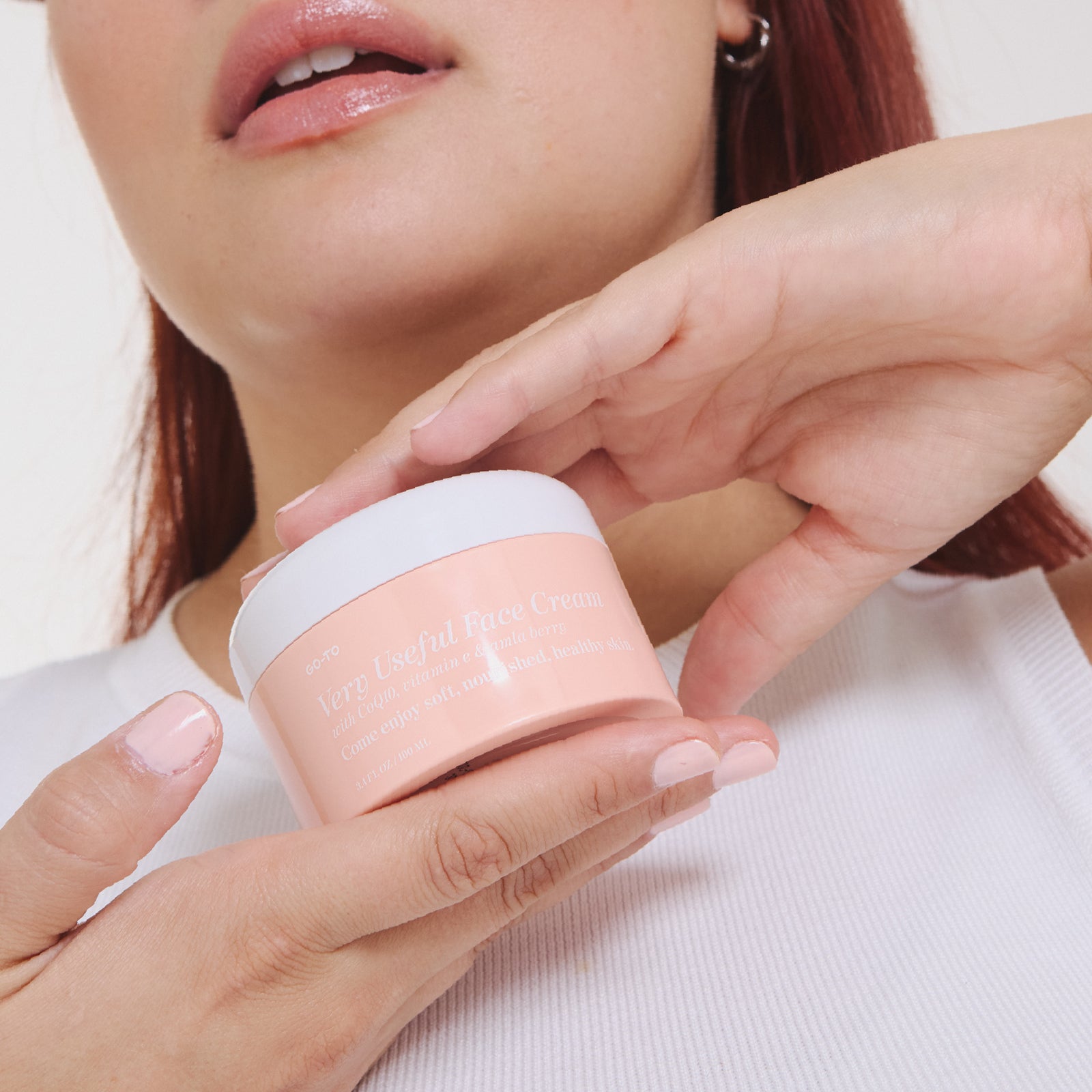


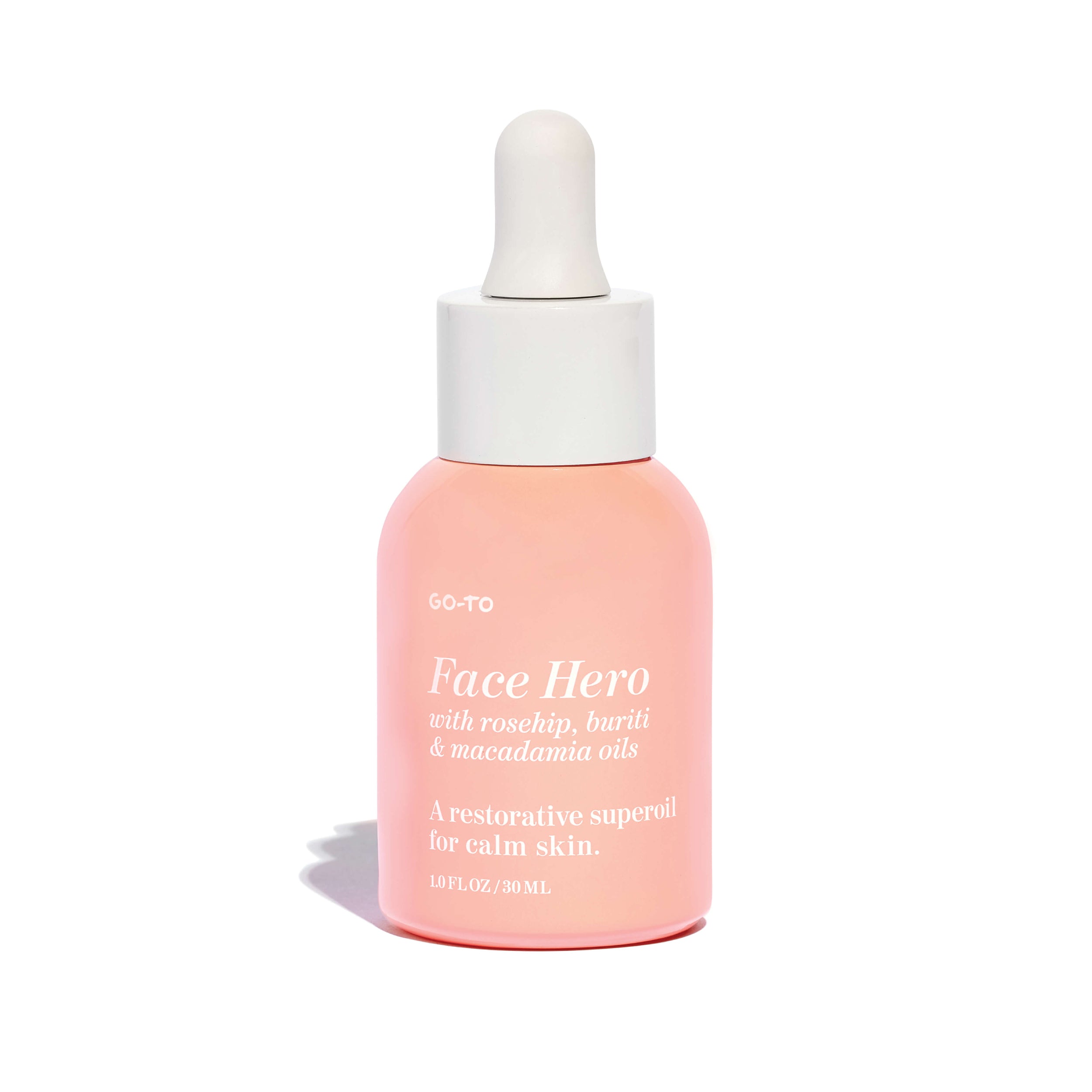
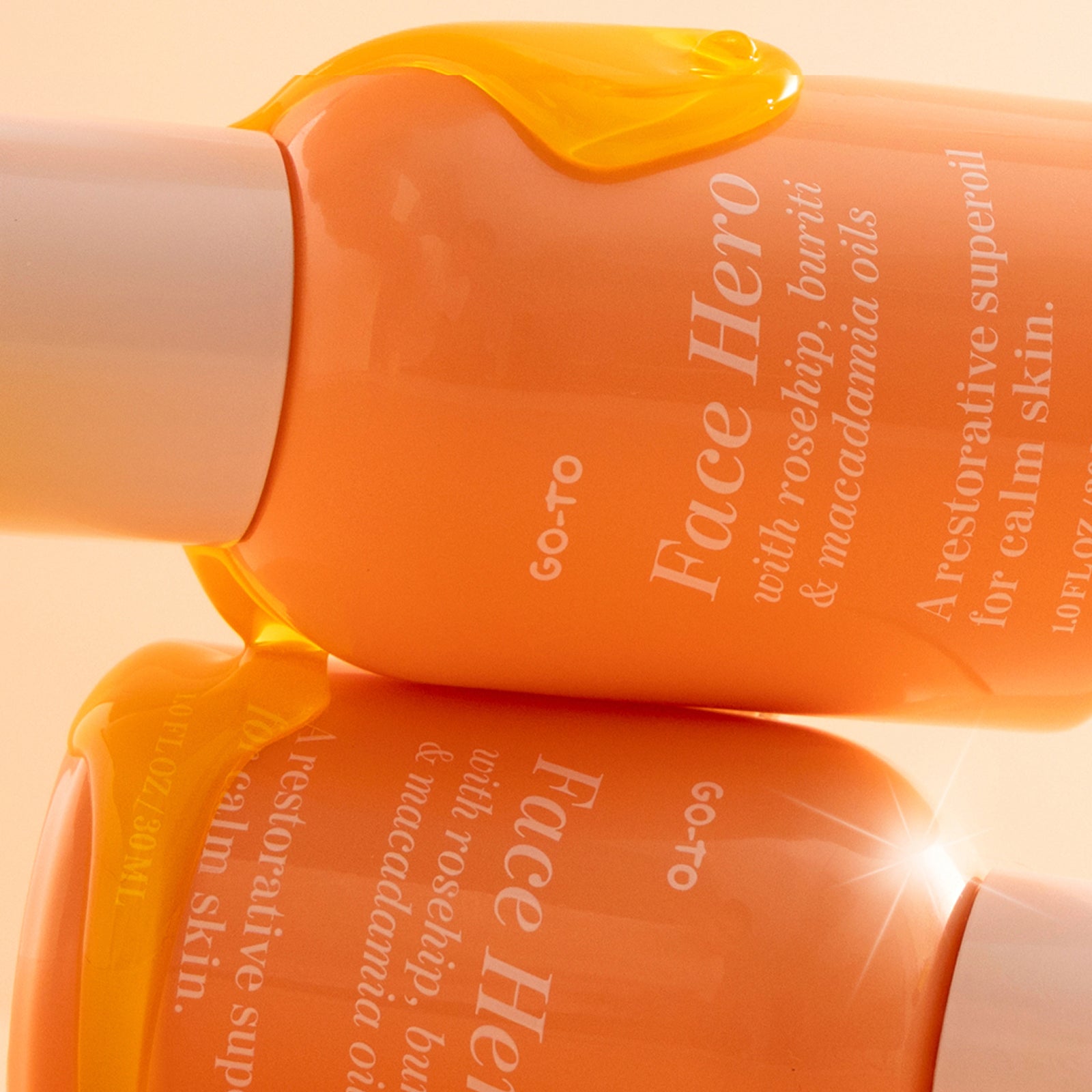
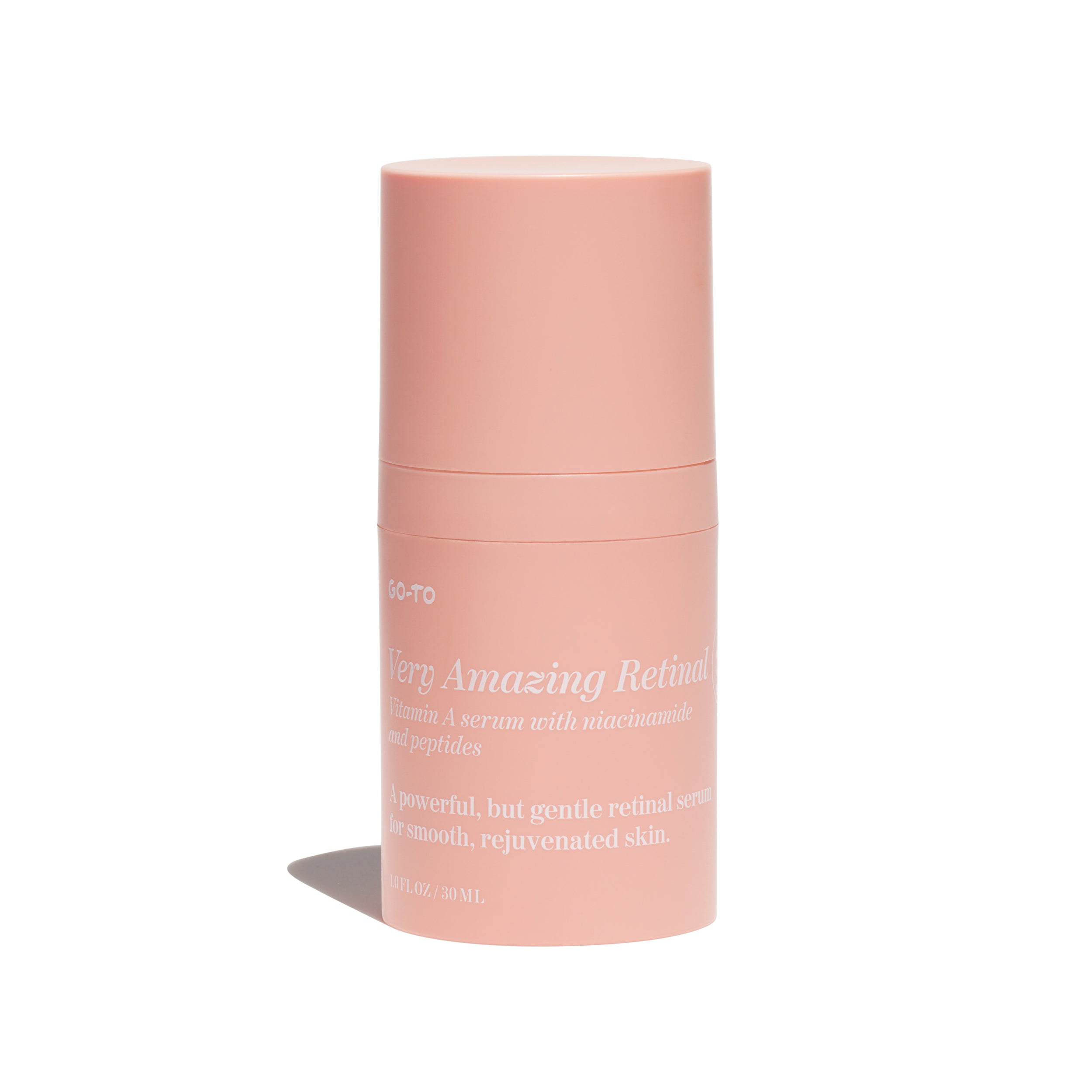


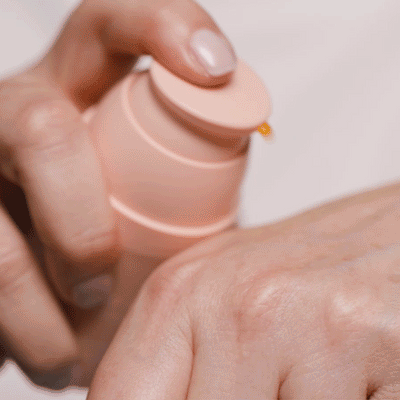




Comments